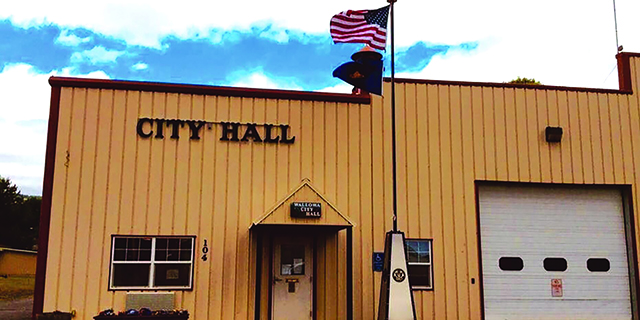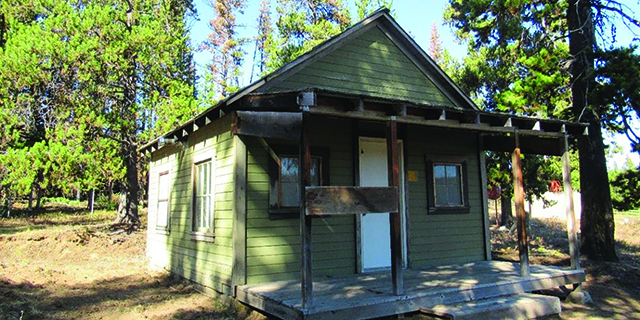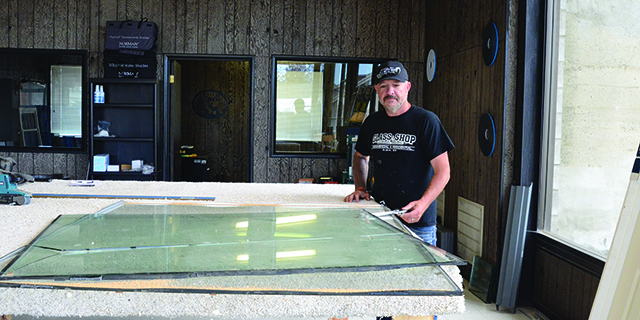ODOT confirms Portland traffic is getting worse
Published 12:51 pm Wednesday, August 2, 2017

- Traffic in the Portland area is seen in this file photo. As legislators continue their tour around Oregon preparing for a major transportation package in the 2025 session, rural advocates worry that urban projects will enjoy preferential treatment.
ALEM — It’s not your imagination: Traveling on Portland-area highways and interstates takes longer than it used to, according to a new report by the Oregon Department of Transportation.
In-migration and the state’s better-than-average economic prosperity has exacerbated congestion, crashes and delays in six highway corridors: Interstate 5, Interstate 84, Interstate 205, Interstate 405, U.S. 26 and Oregon 217.
Trending
“The region’s infrastructure is now tasked with accommodating additional traffic as more residents travel for work and daily activities and more businesses need to move goods and services on the highway system,” the report states.
The intensifying bottlenecks, unforeseen road conditions and unreliable travel times took an economic toll. In the I-5 corridor alone, congestion, crashes and delays caused more than $80 million in lost productivity.
The report by ODOT staff and consultants shows travel times took longer because average speed declined on all Portland-area highways between 2013 and 2015.
The most dramatic drop in speed was on northbound Interstate 205, which decreased by more than 7 mph, from 42.6 mph to 35.4 mph.
Meanwhile, congestion has intensified even during non-peak travel times. That has interfered with freight delivery schedules and driven up the cost of shipping, the report found.
“Traffic congestion in the Portland region can now occur at any hour of the day, including holidays and weekends; it is no longer only a weekday peak hour problem,” the report states.
Trending
During the same period, bottlenecks mushroomed by 13 percent and crashes multiplied in tandem with increasing congestion.
Congestion has not increased response times for ambulances, said Rob McDonald, operations manager for AMR in Portland. However, the increasingly difficult traffic conditions have forced the company to hire more medics and deploy more ambulances in a greater number of strategic locations in order to maintain its target response time, McDonald said. The number of staff increased about 7 to 9 percent per year between 2013 and 2015, he said. Those staff increases and downstream expenses such as more ambulances have fueled the cost of doing business, he said.
RealTime signs that notify motorists of crashes and delays and auxiliary lanes have helped stabilize or lesson the frequency of crashes in certain corridors, the report found. For example, the auxiliary lane between the on-ramp and off-ramp at Northeast Halsey Street on I-84 East had a 14 percent decrease in crashes and a 10 percent decline in delays. Auxiliary lanes are designed to prevent crashes caused by merging and weaving between exits, said ODOT spokeswoman Kimberly Dinwiddie. Meanwhile, RealTime signs activated in 2014 on Oregon 217 reduced crashes by 21 percent in one year.
ODOT is in the design phase of projects to:
• Extend a northbound auxiliary lane on I-205 between Powell Boulevard and I-84;
• Build northbound and southbound auxiliary lanes on Oregon 2017;
• Install RealTime signs on I-205 between Sunnyside and the Glenn Jackson Bridge.
Construction already has started on expanding RealTime signs along U.S. 26 and I-84.
The $5.3 billion transportation funding bill approved by the Oregon Legislature last month is expected to yield similar projects intended to improve safety and relieve congestion, Dinwiddie said.









